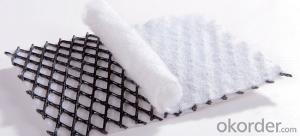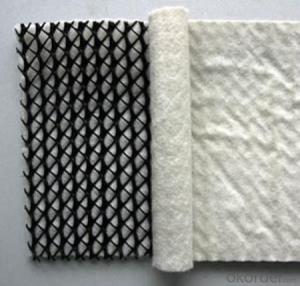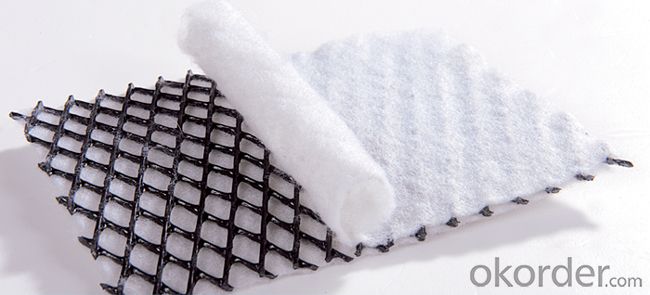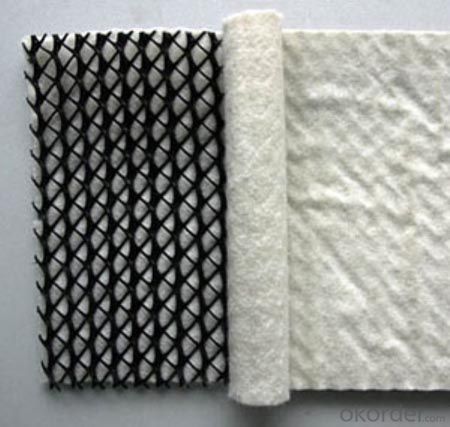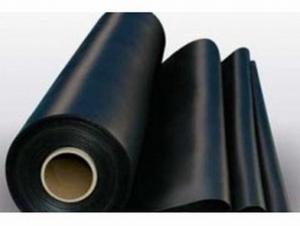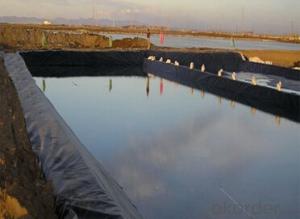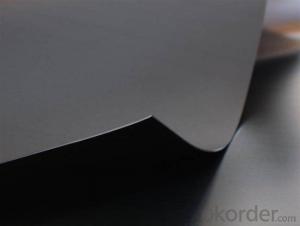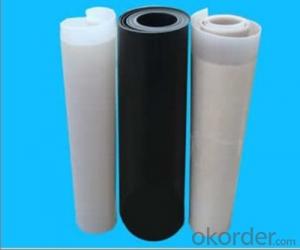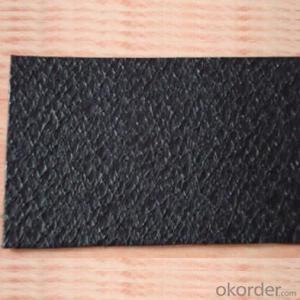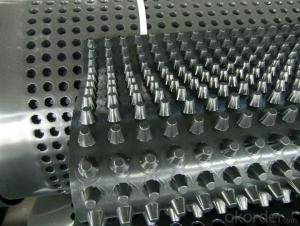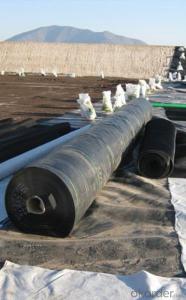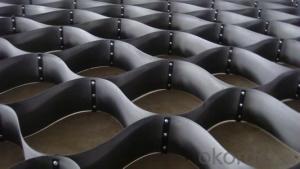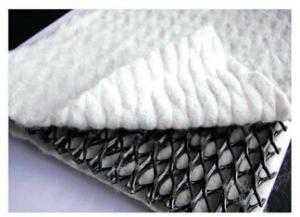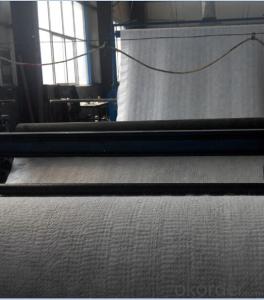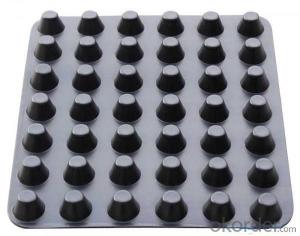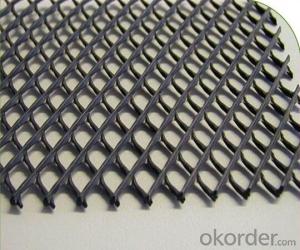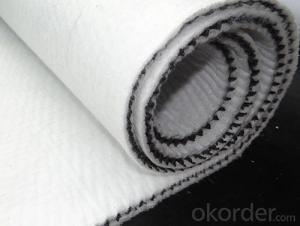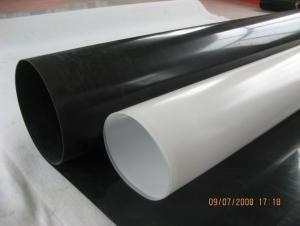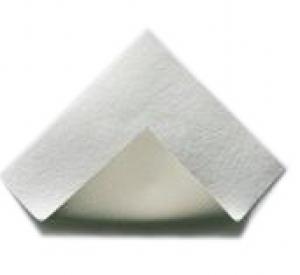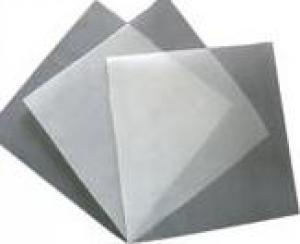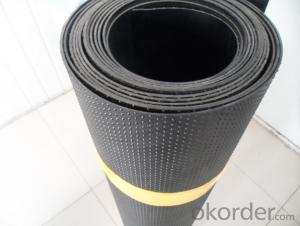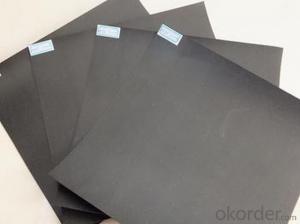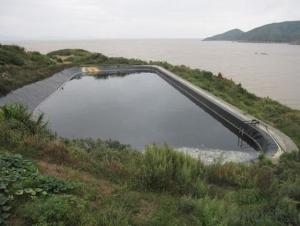Bassin Géomembrane High Strength Road & Landfill Constructions Tri-Dimension Compound Geonet for Drainage, Filtration
- Loading Port:
- Tianjin
- Payment Terms:
- TT OR LC
- Min Order Qty:
- 1000 m²
- Supply Capability:
- 900000 m²/month
OKorder Service Pledge
OKorder Financial Service
You Might Also Like
Tri -dimension composite geonet / geonets and geocomposites
Be made of tri-dimension geonet coated geotextile on both sides, has the property of geotextile (filtration) and geonet (drainage and protection), and has the complete function of "filtration--drainage-- protection"
Application
landfill drainage
hignway roadbed
railaway drainage
tunnel drainage
underground structure drainge
retaining walls drainage
garden and playground drainage
Feature
- stronger drainage function and can bear high press load for a long time
- high tensile strength and shear strength
- keep stable water conductivity
- can bear compression load of more than 2000kpa
- larger anti-compression capacity than common geonet
Tri-dimension composite geonet technical specifications

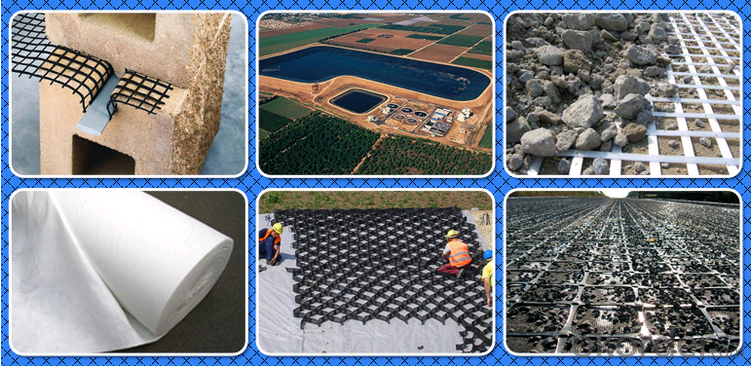
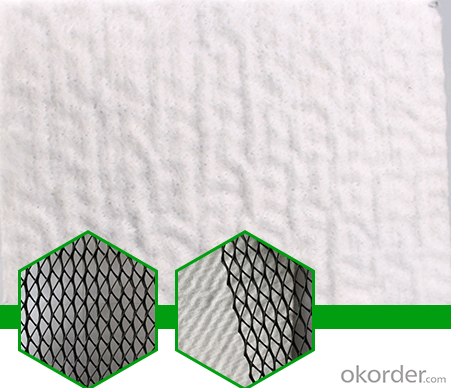
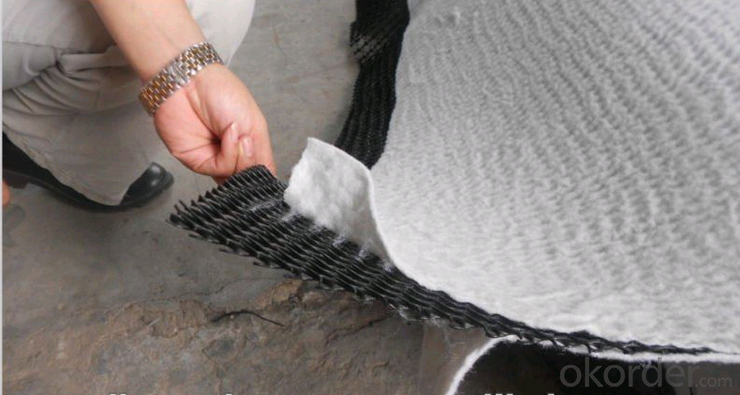

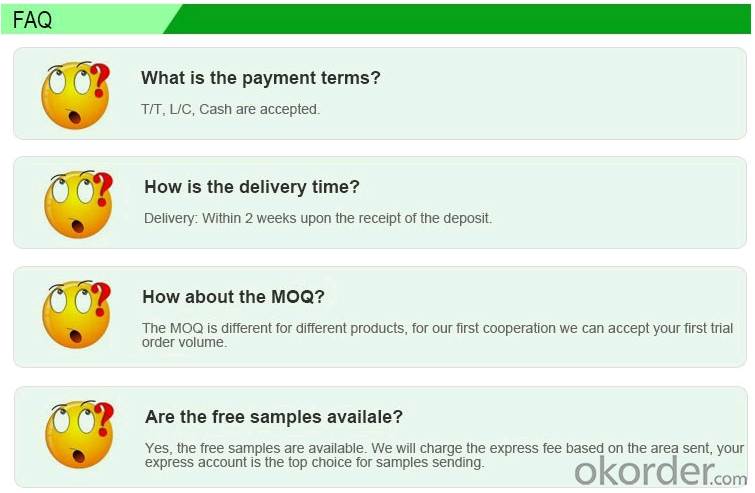
- Q: Can geomembranes be used in dam construction projects?
- Yes, geomembranes can be used in dam construction projects. Geomembranes are impermeable liners made from synthetic materials such as HDPE, PVC, or EPDM, which are designed to prevent seepage of water or other liquids. They can be installed as part of the dam's lining system to enhance its impermeability and prevent water loss. Additionally, geomembranes can provide protection against erosion and help maintain the structural integrity of the dam.
- Q: What is the material of the installation technology of soft membrane?
- The soft film is with special PVC materials made to ensure that the cadmium. The level of its fire prevention is B1. By a single or multiple cutting forming and high frequency completion of welding, it is to be in accordance with the in field measurements of smallpox shape and size in the factory production and.
- Q: How do geomembranes contribute to oil and gas containment?
- Geomembranes contribute to oil and gas containment by providing a reliable barrier that prevents the leakage or seepage of oil and gas from storage tanks, pipelines, or containment pits. These specialized membranes, usually made of synthetic materials like high-density polyethylene (HDPE) or polyvinyl chloride (PVC), are highly resistant to corrosion, punctures, and chemical degradation. They effectively seal off the surrounding environment, preventing any potential pollution or contamination of soil, groundwater, or nearby water bodies. Geomembranes ensure the safe and secure containment of oil and gas, minimizing the risk of environmental damage and ensuring compliance with regulatory standards.
- Q: What are the electrical conductivity properties of geomembranes?
- Geomembranes typically have low electrical conductivity properties due to their insulating nature. This means that they do not easily conduct electricity and have high resistivity.
- Q: How do geomembranes perform in high temperature gas containment applications?
- Geomembranes perform well in high temperature gas containment applications due to their excellent heat resistance properties. They are designed to withstand elevated temperatures without losing their structural integrity or experiencing significant degradation. This allows them to effectively contain and control gases even in extreme heat conditions, ensuring the safety and reliability of the containment system.
- Q: Are geomembranes suitable for use in wildlife habitat restoration projects?
- Yes, geomembranes are suitable for use in wildlife habitat restoration projects. These impermeable liners act as barriers, preventing contaminants from leaching into the soil and water, which helps maintain a clean and healthy habitat for wildlife. Geomembranes also provide erosion control, stabilize slopes, and can be used to create ponds or wetlands that support various species.
- Q: Can geomembranes be used for wastewater ponds?
- Yes, geomembranes can be used for wastewater ponds. Geomembranes are impermeable liners that can effectively contain and prevent the leakage of wastewater. They are commonly employed in the construction of wastewater ponds to create an impermeable barrier, ensuring that the wastewater remains contained and does not contaminate the surrounding environment.
- Q: What are the standards and regulations governing geomembrane use?
- The standards and regulations governing geomembrane use vary by country and region. However, some common standards and regulations include ASTM D5199, ASTM D7408, and GRI-GM13. These standards provide guidance on the design, installation, and performance requirements of geomembranes, ensuring their proper use in various applications such as environmental containment, water management, and civil engineering projects. Regulatory bodies and industry organizations also play a role in establishing guidelines and enforcing compliance with these standards to ensure the safety and effectiveness of geomembranes in their respective jurisdictions.
- Q: What is the typical width of a geomembrane in a mining application?
- The typical width of a geomembrane in a mining application can vary depending on the specific requirements of the project, but it is commonly found in widths ranging from 5 to 10 meters.
- Q: How do geomembranes contribute to wetland restoration projects?
- Geomembranes contribute to wetland restoration projects by acting as a barrier to prevent water leakage, thus creating and maintaining the necessary wetland conditions. They help retain water, control water flow, and prevent erosion, allowing wetland vegetation to thrive and providing a suitable habitat for various aquatic species.
Send your message to us
Bassin Géomembrane High Strength Road & Landfill Constructions Tri-Dimension Compound Geonet for Drainage, Filtration
- Loading Port:
- Tianjin
- Payment Terms:
- TT OR LC
- Min Order Qty:
- 1000 m²
- Supply Capability:
- 900000 m²/month
OKorder Service Pledge
OKorder Financial Service
Similar products
Hot products
Hot Searches
Related keywords
